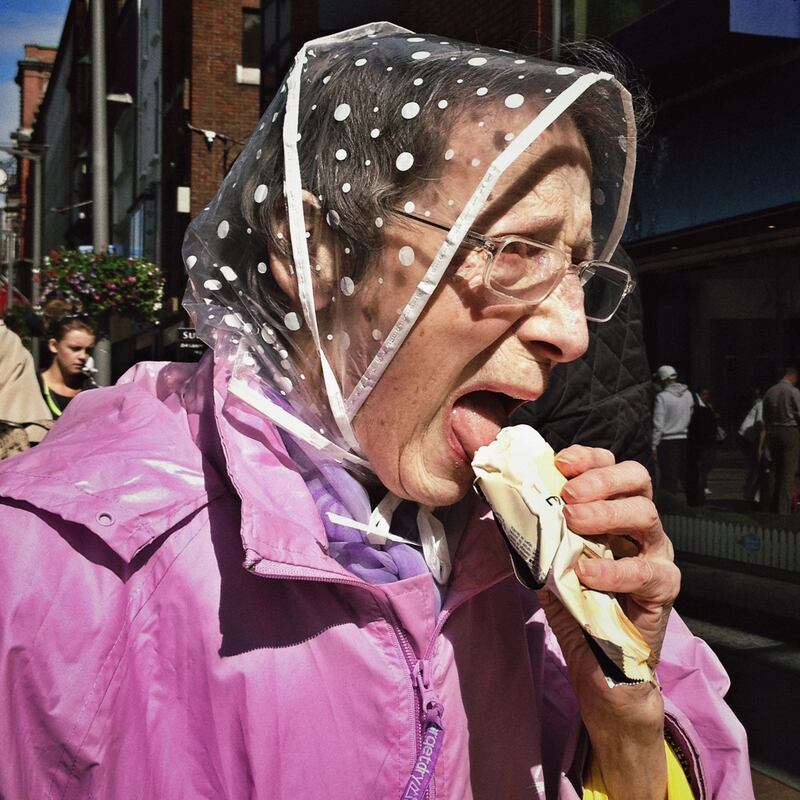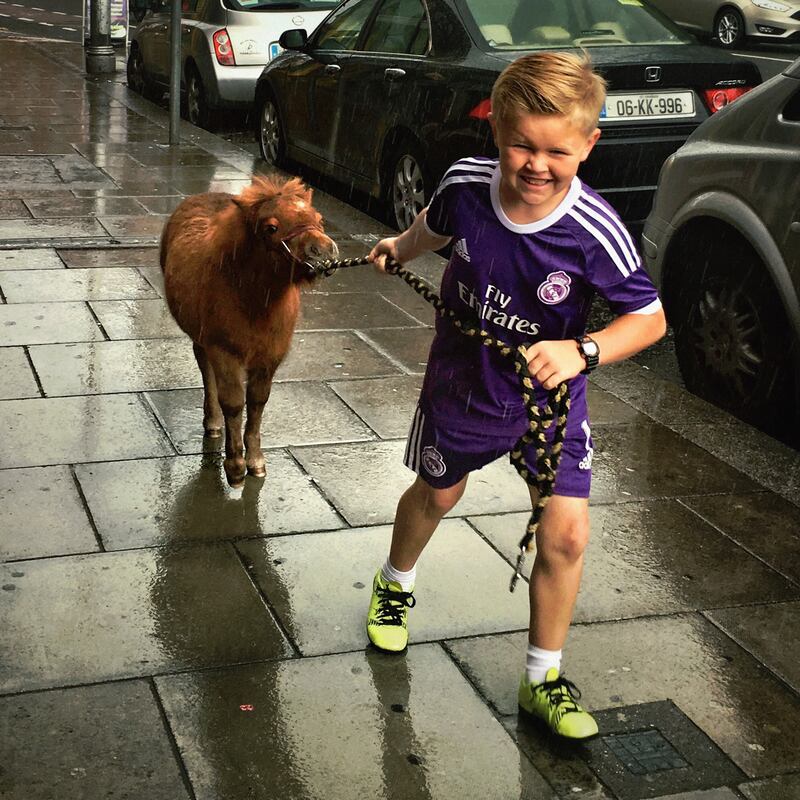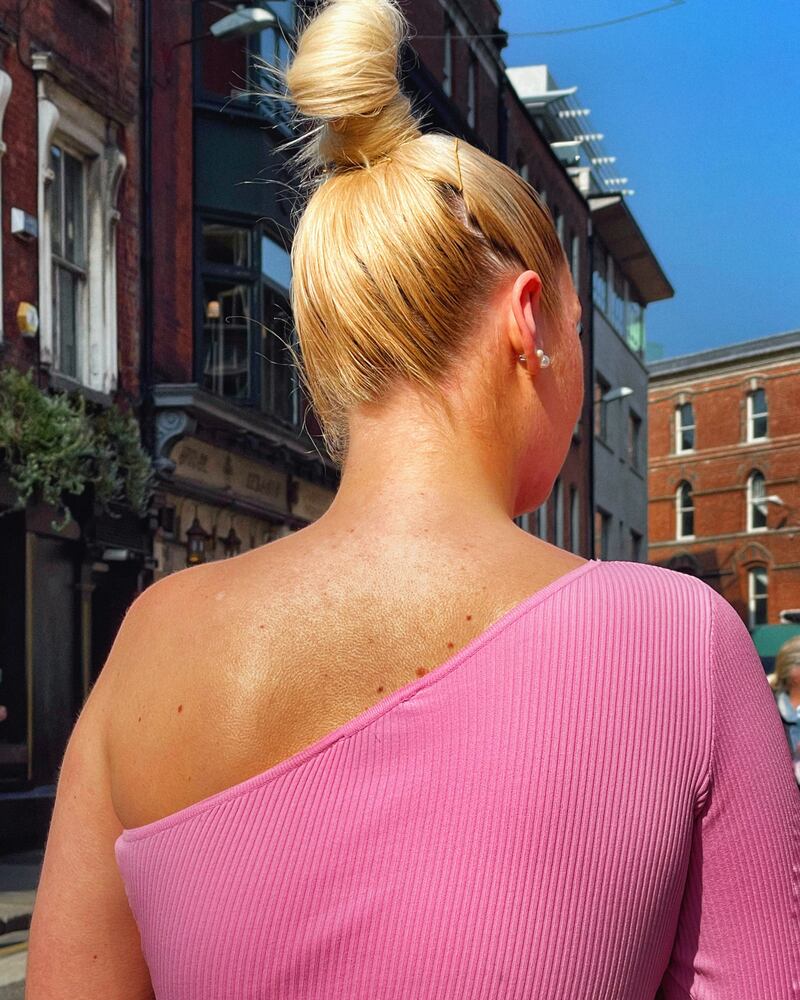Lorcan Finnegan has been taking candid photographs of the people on the streets of Dublin’s inner city since 2012 – the characterful faces of those who are among the last bastions of a vastly changed city.
The film director’s Dublin Streets project began accidentally, after his good friend moved to Australia and he started taking pictures as a way to share the city with him. “I started taking photos of what I thought was quintessentially ‘Dublin’, as a way to stay touch but also to make him homesick enough to move back,” he says.
“I was living on New Bride Street in Dublin 8 at the time and would go for a run, listen to music and take photos on my phone; I’d disappear and become part of the city.”





His friend in Australia was part of a wave of young graduates leaving Ireland during the recession. With Instagram taking off around the same time, Finnegan was able to share the pictures not only with him, but with a wider audience too; he now has more than 40,000 Instagram followers. The images made an impact both in Ireland and among emigrants overseas who were missing home.
RM Block
In the introduction to a new book of his work, Dublin Streets 2012-2022, Finnegan describes his running route “through the Coombe, up Meath Street, popping out onto Thomas Street, crossing the Liffey via Merchant’s Quay, through to Smithfield and Parnell Street... around O’Connell Street, Henry Street, Earle Street... back via O’Connell Bridge, Westmoreland Street and Upper Dame Street, before cutting through town via George’s Street, back to Camden Street and home”.
He later moved to Irishtown in Dublin 4, “but like a salmon swimming up stream, I’m always drawn to the same areas”, he writes.
These busy areas of Dublin city have always appealed to Finnegan. “I used to go into town as a kid in the 80s, to Moore Street to buy bangers rockets and air bombs at Halloween. The energy, voices and faces on the street made a lasting impression that I’m still trying to articulate through street photography,” he says.





But there’s humour and mischief in his work, too. The candid nature of his photography creates a more interesting, truthful portrait, he believes. “I see a moment that interests me and if I’m lucky, I’ll capture it. In the past I’ve asked people if I could take their photo – but it’s never the same, the moment I was initially interested in is no longer there,” he says.
“I’ve often been contacted by relatives of the person, saying that they love the photo. Sometimes an elderly relative has passed away and they ask for a copy of the photograph because they love how it captures their character.”
In just a decade, gentrification has tightened its grip on this area of Dublin. “There used to be five or six butchers and lots of street traders selling fruit and veg and flowers on Camden Street when I first started living nearby – they’ve been replaced by chain stores and hipster restaurants,” Finnegan says. “Moore Street is less bustling, and Meath Street has succumbed to the flat white.”
Despite the homogenisation that often goes hand in hand with gentrification, Finnegan believes that Dublin retains its character. You’ll still catch the market-stall holder with a glint in his eye; an adoring grandmother; groups of pale, long-limbed teenage boys; an elegant woman gazing out from a doorway and lost in thought; stylish fur-wearing fashionistas; grumpy men with ruddy, solemn faces; friendships; arguments; lovers; euphoric moments; sadness; loneliness — the full gamut of emotion and human life that makes up a living, breathing city. “This is what I’ve been trying to document - to capture the essence of Dublin, so I - and hopefully others - can look back on it.”
Lorcan Finnegan’s book of photography, Dublin Streets 2012-2022, will be launched at a solo exhibition of the same name in Hang Tough Contemporary on Exchequer Street in Dublin on September 1st. The show runs until September 18th.




















